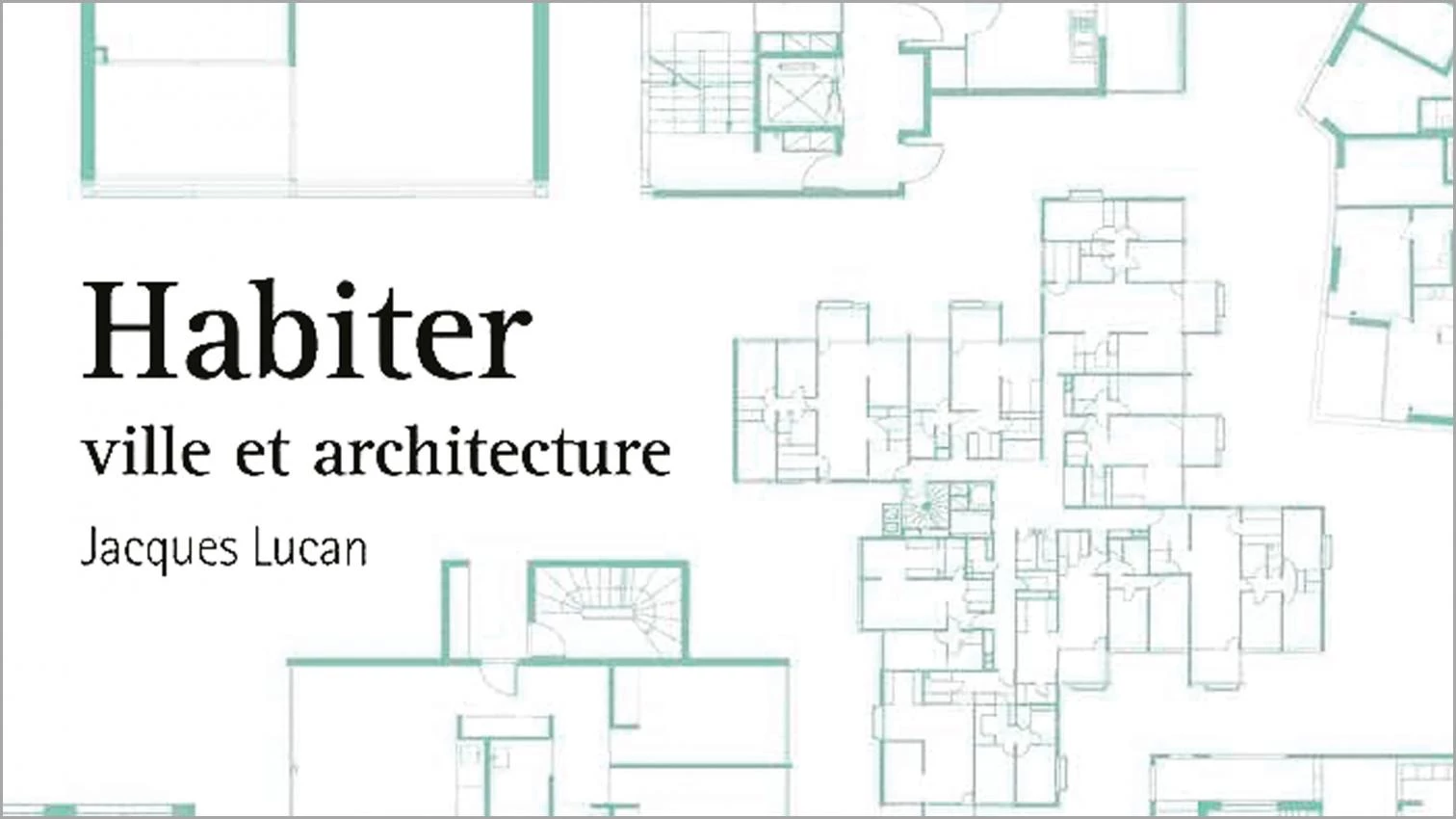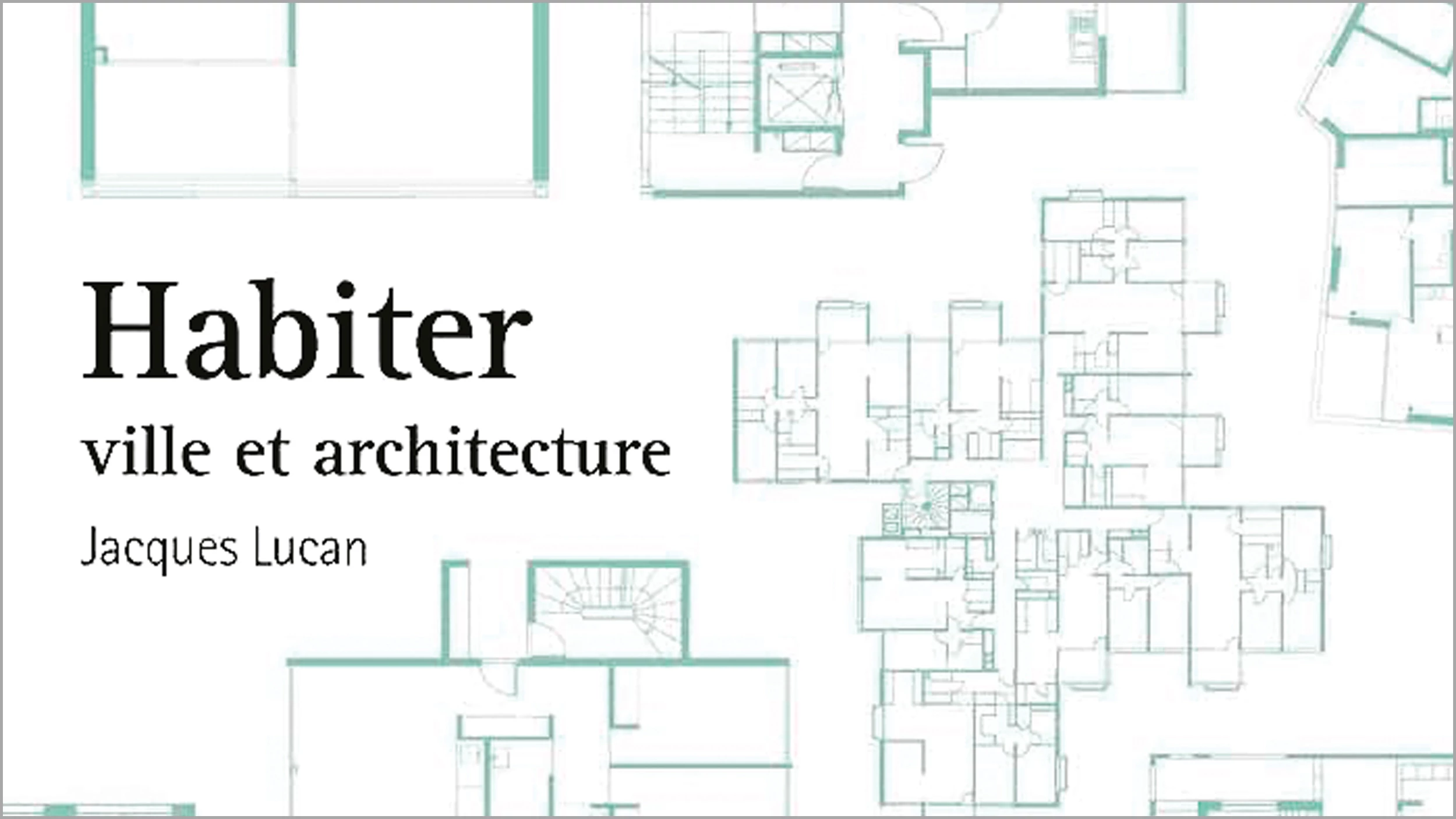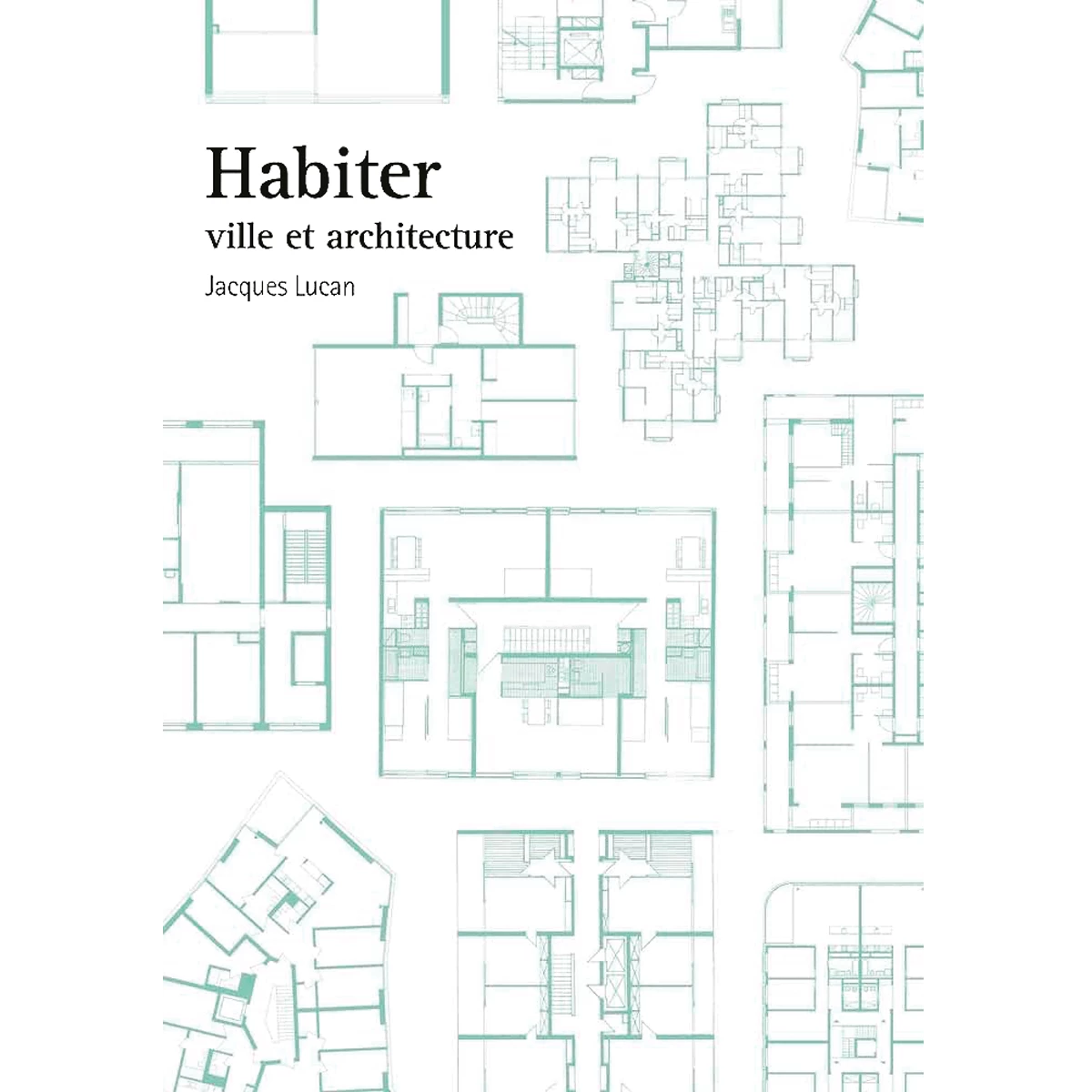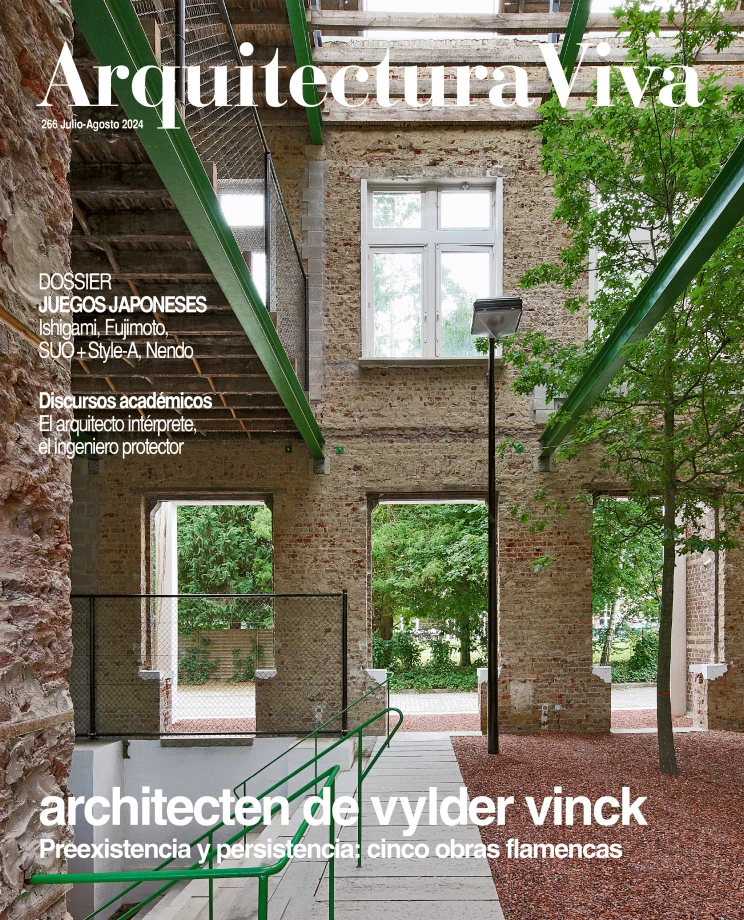Continuidades del habitar
Jacques Lucan's Last Piece

The avant-gardes got us used to thinking of history as made of revolutions: catastrophes forming tabulae rasae for new things. This culmination of the recently deceased Jacques Lucan’s trajectory is based on quite a different idea: more than radical changes, permanences are what make history. In fact there is a subtle play in which innovation resists tradition to amend it, but really keeps it alive.
Praising continuity is nothing new. It was a leitmotiv of postmodernity, and today it helps sustain any historiographic approach to things. But Lucan does not just validate a commonplace: to uncover the substratum of contemporary living, he looks first at anthropology and philosophy, and the frigid objectivity of Braudel’s longue durée is fertilized with the humanistic visions of Lucan’s frontline authors: Lévinas, Ricoeur, Heidegger, and Lévi-Strauss.
The list may suggest excessive intellectualism but Lucan brings ideas into line through examples, reconciles abstraction with concretion, balances between head-in-the-clouds and feet-on-the-ground. So, more than a lot of philosophizing, what the reader finds at the start is a tribute to Rudofsky and vernacular architecture, which in Lucan’s view can remain a“science of the concrete” where type, climate, resources, construction, and lifestyles fall in line, in pursuit of permanence.
After walking us through a “lost time” that would need to be recovered, Lucan explores the polarity between universal and particular that he believes determines the evolution of cities. A third chapter then tackles the origin and evolution of collective housing, where Lucan combines the metamorphoses of time with the continuities of the discipline, speaking of historical circumstances but subjecting himself to the compositional examination of architectural types and forms, typically on a spatial note. Thus a parade of enfilades of Baroque roots, and the birth of the room, the open plan, the modern block, the megastructure, and urban morphology. And then comes the most proactive part, where Lucan details the compositional mechanisms that addressed new forms of habitation without succumbing to kitsch repetitions and formalistic games characteristic of globalized times.
Lucan at this point discusses a wide range of authors, just as he previously connects different times and places, confirming his ability to find commonality among differences. But whereas in former works this talent for navigating differences resulted in a convincing ambiguity, here the ambiguity is less fruitful. Readers risk losing their way amid so many examples in an overly fragmented kaleidoscope.
Then the ending is abrupt and perhaps rushed by pandemic clouds. And the book’s disjointed structure and fragmented parts make the narrative hard to follow. But this is still a work of intellectual import, and because it discusses the contemporary city using mechanisms of the discipline, without falling into historicisms, it is representative of Lucan’s career. But it pales beside Composition, Non-Composition, his masterwork and a sure classic of 21st-century architectural theory.







